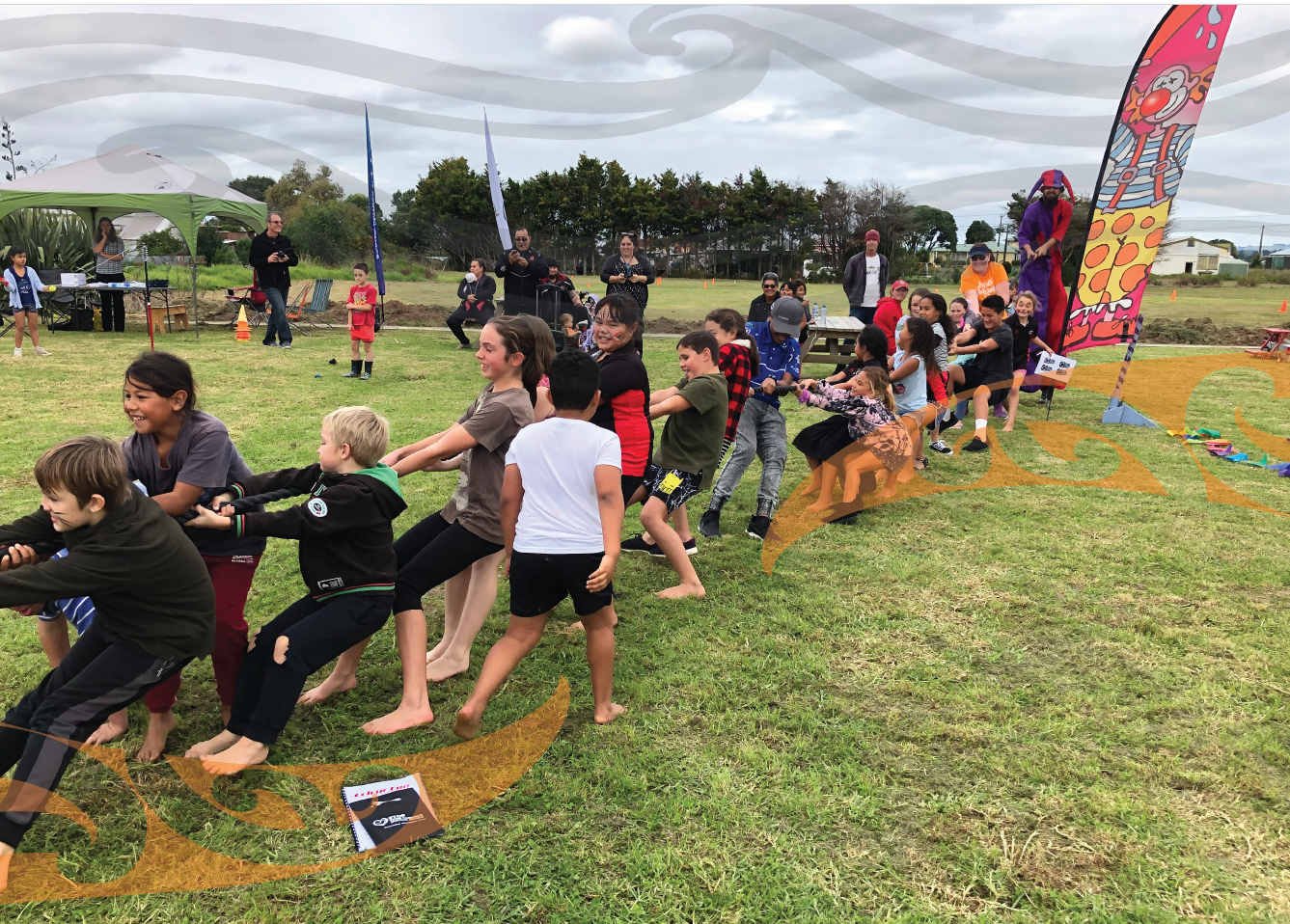Kōkiri ai Te Waka Hourua - Northland Play, Active Recreation and Sport Strategy
In the development of this Regional Strategy, an expanded version of a standard strategic planning approach was used. This methodology provided a robust planning approach, in line with industry good practice. It also ensured alignment across the multiple plans being developed. This resulted in reliable, highly usable documents.
By working in a collaborative manner, a view of the priorities for future play, active recreation and sport needs for Te Tai Tokerau was developed. Kōkiri ai Te Waka Hourua and the district-level plans cover the 2021-2030 period. It is intended they will help guide Councils across Te Tai Tokerau informing Council LTPs including the regional council, and relevant funding agencies, in their decision-making. It will help the sector as a whole, be better informed as to what the needs, rather than wants, are across the region and its districts. Each planning document is intended to be practically used, to guide the work programme of the partner organisations.
The development of a regional strategy, supported by district-level plans is a planning approach that has application and relevance to other communities. Kōkiri ai Te Waka Hourua is a forerunner to how other regional strategies can be developed to reflect the community they are being developed for. A customised approach was taken to reflect needs and aspirations of communities within Te Tai Tokerau. All 3 planning documents, but particularly Kōkiri ai Te Waka Hourua, have a blend of high-level, strategic actions, along with implementable ‘quick wins’ that are being delivered within communities.
The power of Kōkiri ai Te Waka Hourua is that it is much more than a spaces & places strategy. It considers the full spectrum of play, active recreation and sport, beyond a facility lens. This comprehensive approach has application and relevance to other communities. Considering the intersection of planning and policy with the delivery and resourcing of programmes, opportunities through partnerships, as well as physical spaces and places for play, active recreation and sport provides a more joined-up response and greater ability to meet community needs.

